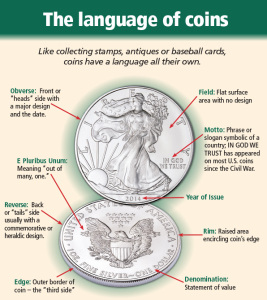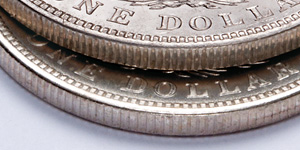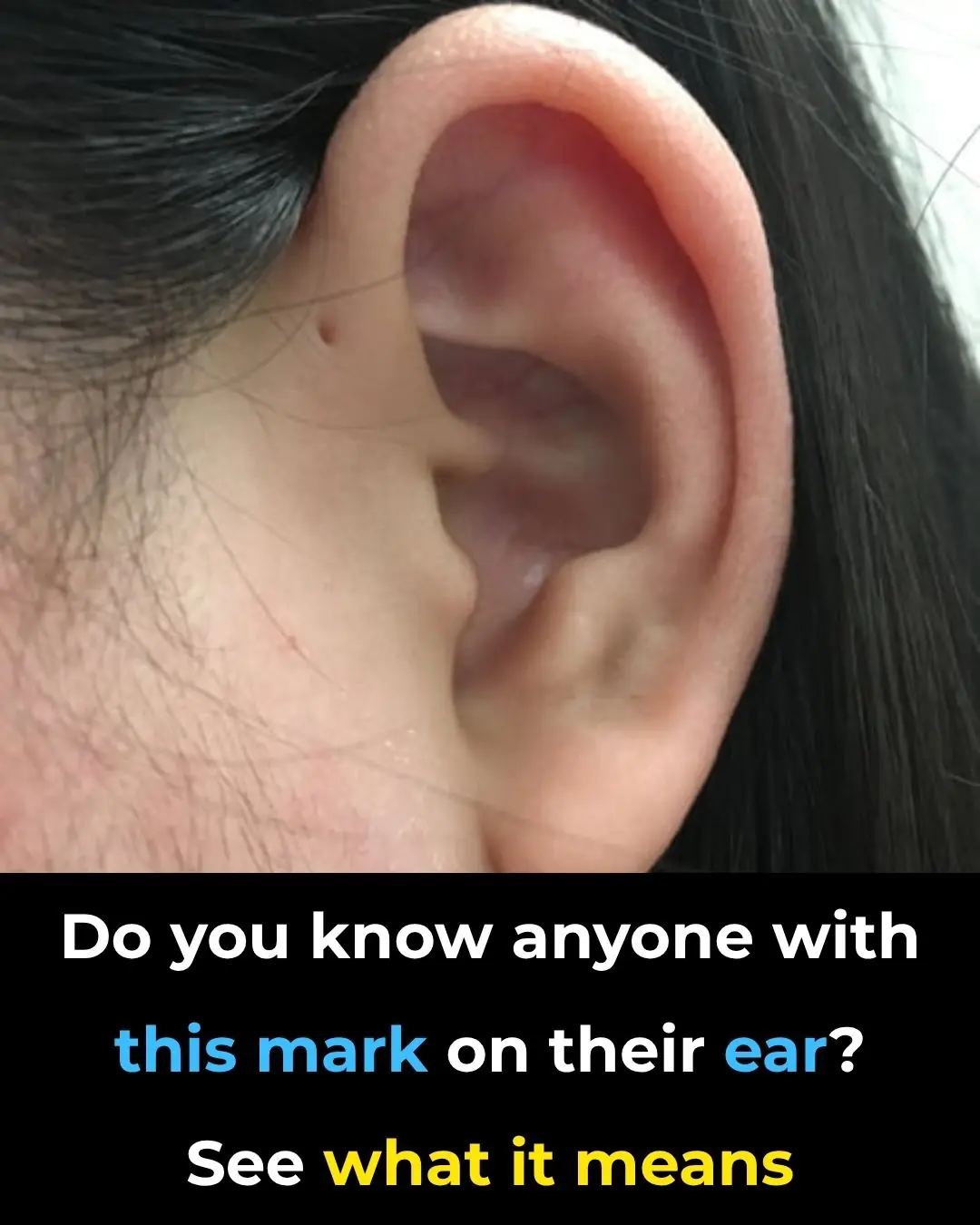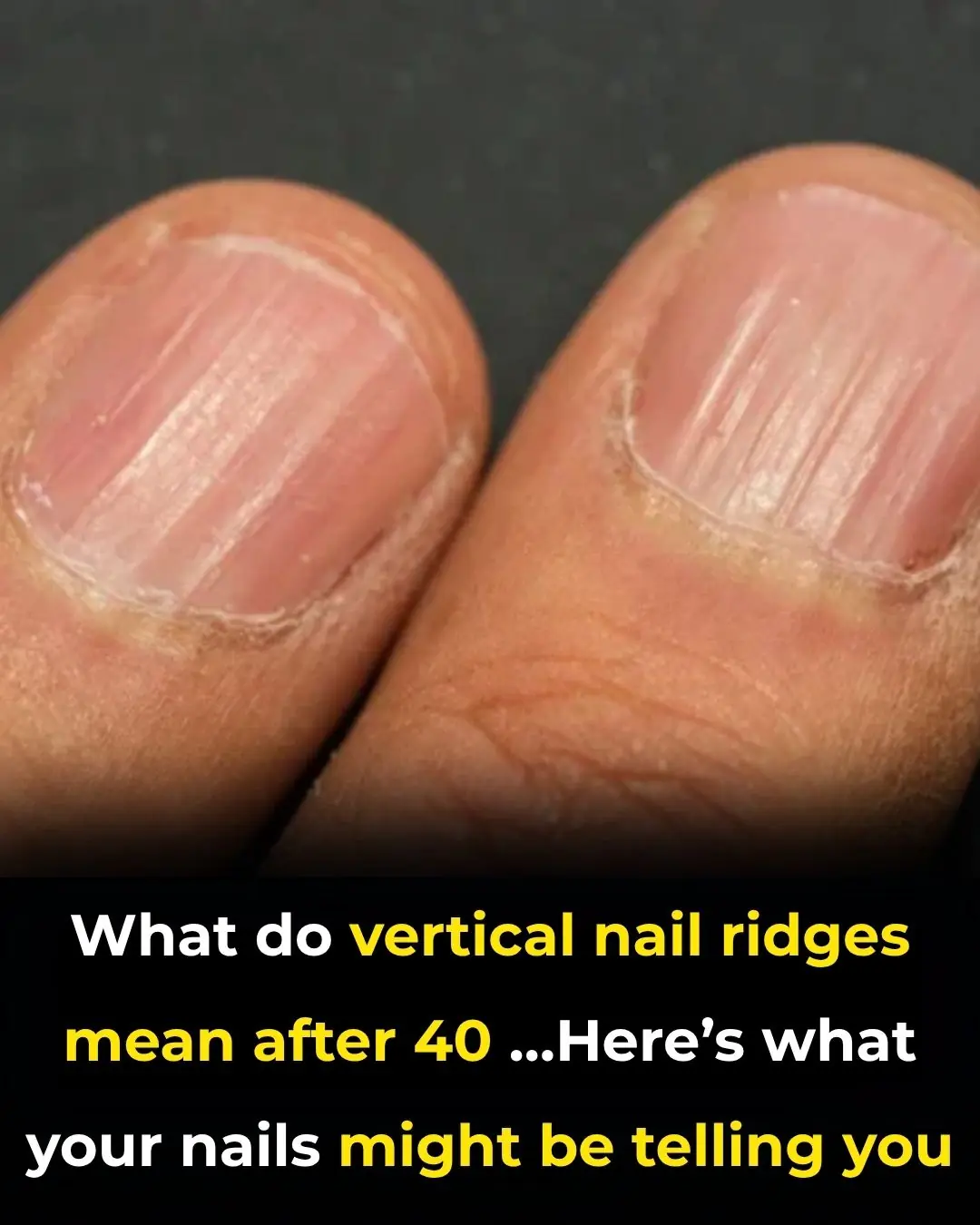
I was today years old when I found out why coins have ridges on the edges!
You may have noticed that the quarters and dimes in your pocket or purse have a “reeded” edge, featuring vertical grooves or ridges, while nickels and cents in your pocket have a “plain” or smooth edge.
This is not by accident, though the purpose of reeding has evolved over the years…
To deter shaving of gold and silver coins
Reeded or ridged edges have been in use for a few centuries, and for many years were applied only to gold and silver coins – to discourage the filing or clipping of precious metal from the edges of coins.
Edge shaving was a commonplace occurrence on plain-edged gold and silver coins during the 17th and 18th centuries, as unscrupulous individuals figured the next person to possess a coin would simply never notice it was slightly smaller and slightly lighter! Edge shaving on reeded coins was easily detected.

To learn more about “The Language of Coins” click the image above.
Reeding came into widespread use with the introduction of the collar die in semi- and fully-automatic coin presses during the late 1700s and 1800s.
Encircling each coin blank as it came into the press, the collar die could bear an inscription or a design such as reeding.
As the obverse and reverse dies came together with great force against a gold or silver coin blank in the press, metal from the coin blank would flow “outward” into the grooves of the reeded collar die.
Additional benefits of reeded edging
Though not the original purpose, reeding also made counterfeiting of coins much more difficult – requiring the skillful application of a third “vertical” design to a phony coin in addition to the obverse and reverse motifs (with that kind of talent, a counterfeiter could easily find lucrative legitimate work as a medalist or minter). Yet another advantage to reeded edges is that they give coins a more “finished” appearance and usually embellish the overall design and artistry of a coin.
These benefits of counterfeiting deterrence and design enhancement have been enough to promote widespread use of reeded edges on coins made of base metals as well as those struck in precious metals like silver and gold.
The preferred edge for “pitching coins”
One other unintended advantage of reeded-edge coins was discovered during the Great Depression, when unemployed men would pitch pennies, nickels, dimes, quarters or even half dollars on the sidewalk to win a few coins or to relieve idle boredom.
With the object being to land your coin closest to the building, some frequent participants found they could better grip and control the toss of reeded-edge coins! So they favored dime or quarter competitions featuring reeded-edge coins over penny or nickel tosses involving plain-edge coins.
This aspect was of course never considered when reeding decisions were made at the U.S. Mint!
Reeded edging then and now
Reeded edges first appeared on U.S. coinage in the 1790s on half dimes, dimes and quarters struck in at least 89% silver, and on $2.50 gold quarter eagles, $5 gold half eagles and $10 gold eagles minted in at least 89% gold. The intention during those early years of the U.S. Mint was to thwart edge clipping or filing of precious metals from coins. That intention, along with design enhancement and counterfeiting deterrence, continues today with reeded edges found on silver and gold U.S. commemorative coins as well as silver and gold American Eagles. For design and counterfeiting considerations, reeded edges are also found on copper-nickel clad dimes, quarters and halves.
Serving a similar purpose to reeding, edge inscriptions are seen on the oldest U.S. half dollars and dollar coins struck in at least 89% fine silver. The edge on early 50¢ coins reads fifty cents or half a dollar, while the edge of early silver dollars is inscribed hundred cents one dollar or unit. Edge inscriptions including mottoes, dates of issue and mint marks are found on currently-issued Presidential and Native American dollars.
Prized varieties in reeded edging

Wide edge reeding on a small percentage of 1921 Morgan dollars features 157 reeds along the edge instead of the usual 189 reeds.
Experienced coin collectors always have an eye out for varieties of special interest, and there are even popular varieties in reeded edging. Our Buyer’s Choice in Littleton’s Spring 2014
Showcase offered the 1921 Morgan silver dollar with sought-after Wide Edge Reeding. This seldom-seen Morgan dollar variety features 157 reeds along the edge instead of the normal 189. So reeded edging has attained importance and prominence in the coin collecting hobby!News in the same category


Drinking coffee adds one more thing: No worries about discolored teeth or bad breath

Pig skin that many people throw away unexpectedly has such wonderful uses

American doctor shows how to remove pesticides and dirt from fruits, just a few steps to reduce illness for the family

5 mistakes when drinking coffee that are harmful to your health: Especially the second type, quit immediately before it's too late

7 Foods That Don’t Spoil Easily: Still Safe to Eat Even After the Expiry Date

Here is what this little hole on the ear mean

Why You Should Never Pour Hot Water Into The Sink

The rainy season is coming: Show women how to mix laundry detergent with sugar to help repel mosquitoes and cockroaches

How to make bean sprouts from plastic bottles quickly and simply, you can eat them in 3 days

Unexpectedly reduce electricity bill with the trick of putting tissue paper in the refrigerator – Anyone can do it

Super cheap, super clean drain cleaning tips using only ingredients in the kitchen without needing a plumber

One week after applying this method, cockroaches, ants and mosquitoes no longer appeared in my house.

Just look at this point on the crab shell, 100% meat is enough to fill your teeth, husband and children praise it endlessly

No Matter How Dirty You Are, Absolutely AVOID These 7 “Dangerous Hours” When Washing Your Hair to Prevent Stroke, Sudden Illness, or Hospitalization Without Warning

3 Common Mistakes When Using Plastic Wrap That Can Cause Cancer and Are Often Made by Many People

What Do Vertical Nail Ridges Mean After 40

What Your Favorite Ice Cream Flavor Says About You

Eggplant The King of Vegetables
News Post

The Tiger and the Goat: A Friendship That Defied Nature.

A Pack of Diapers, A Lesson in Love.

The Price of Courage: The Story of Viola Liuzzo, the Mother Who Died for Freedom.

Love Without Age: An Elderly Woman’s Journey to Her Perfect Companion

A Teen’s Compassion Restored the Smile of a Broken Boy

The Day a Mother Refused to Let Go — Nicole and Astro’s Fight Against the Tide.

Farewell to “Big Red”: A Police Dog Who Served With Courage and Retired With Love

“I Became Aware” — The Journey of a Young Man Who Refused to Be Defined by His Circumstances.

Carson’s Fight: A Four-Year-Old With a New Heart and Unshakable Faith

A Mother’s Love Without Borders.

A Stranger’s Gift: How One Small Act of Kindness Changed a Family’s Night

The Man on the Barn Roof: A Quiet Story of Loyalty, Work, and Grace.

Back on the Bench: An 85-Year-Old Man’s Remarkable Return to His Park and His Pups

Through a Dog’s Eyes: The Unconditional Love We Rarely Stop to See

Papa’s Soft Side: Bruce Pearl’s Greatest Legacy Isn’t on the Court

Raja the “Tax Collector”: Sri Lanka’s Gentle Giant Who Stops Cars for Snacks.

One Year of Courage: Branson’s Brave Battle.

Tala’s Second Chance: Fighting for Life Against All Odds

From Patient to Daughter: The Miracle of Ella.
